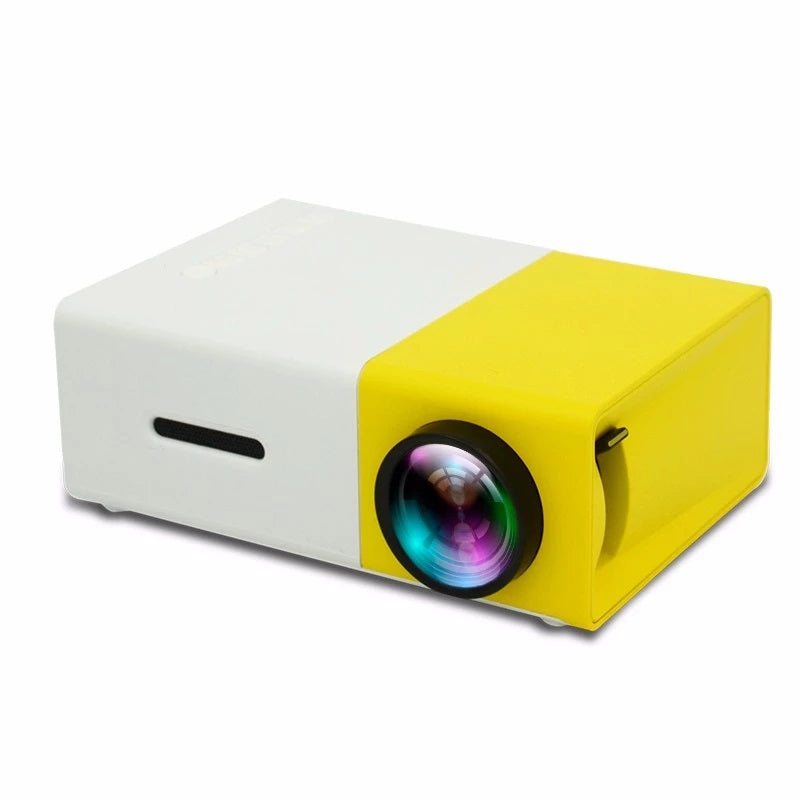
The Society of Motion Picture and Television Engineers (SMPTE), headed by Charles Ginsburg, became the testing and study authority for HDTV technology in the international theater. This new system, NHK Color, created in 1972, included 1125 lines, a 5:3 aspect ratio and 60 Hz refresh rate. NHK set out to create an HDTV system that ended up scoring much higher in subjective tests than NTSC's previously dubbed "HDTV". The NHK (Japan Broadcasting Corporation) began conducting research to "unlock the fundamental mechanism of video and sound interactions with the five human senses" in 1964, after the Tokyo Olympics. European standards did not follow until the 1960s, when the PAL and SECAM color systems were added to the monochrome 625-line broadcasts. The 240-line system could have doubled its frame rate but this would have meant that the transmitted signal would have doubled in bandwidth, an unacceptable option as the video baseband bandwidth was required to be not more than 3 MHz.Ĭolor broadcasts started at similar line counts, first with the US NTSC color system in 1953, which was compatible with the earlier monochrome systems and therefore had the same 525 lines per frame. The 405-line system adopted the (at that time) revolutionary idea of interlaced scanning to overcome the flicker problem of the 240-line with its 25 Hz frame rate. All of these systems used interlacing and a 4:3 aspect ratio except the 240-line system which was progressive (actually described at the time by the technically correct term "sequential") and the 405-line system which started as 5:4 and later changed to 4:3. In 1949 France introduced an even higher-resolution standard at 819 lines, a system that should have been high definition even by today's standards, but was monochrome only and the technical limitations of the time prevented it from achieving the definition of which it should have been capable. The US NTSC 525-line system joined in 1941. In 1938 France followed with its own 441-line system, variants of which were also used by a number of other countries. The Baird system was discontinued in February 1937.
HD PROJECTOR TELEVISIONS TV
The British high-definition TV service started trials in August 1936 and a regular service on 2 November 1936 using both the (mechanical) Baird 240 line sequential scan (later to be inaccurately rechristened 'progressive') and the (electronic) Marconi-EMI 405 line interlaced systems. In the 2010s, this race has continued with 4K, 5K and 8K systems. The ongoing competition between companies and nations to create true "HDTV" spanned the entire 20th century, as each new system became higher definition than the last.
HD PROJECTOR TELEVISIONS SERIES
The term high definition once described a series of television systems originating from August 1936 however, these systems were only high definition when compared to earlier systems that were based on mechanical systems with as few as 30 lines of resolution. History įurther information: Analog high-definition television system and history of television HDTV was widely adopted worldwide in the late 2000s. HDTV as is known today first started official broadcasting in 1989 in Japan, under the MUSE/Hi-Vision analog system.

In addition, progressive scan and higher frame rates result in a picture with less flicker and better rendering of fast motion. The increased resolution provides for a clearer, more detailed picture.

When transmitted at two megapixels per frame, HDTV provides about five times as many pixels as SD (standard-definition television).

Some countries also use a non-standard CTA resolution, such as 1440 × 1080i: 777,600 pixels (≈0.78 Mpx) per field or 1,555,200 pixels (≈1.56 Mpx) per frame.HDTV may be transmitted in various formats: It is the current de facto standard video format used in most broadcasts: terrestrial broadcast television, cable television, satellite television and Blu-ray Discs. The term has been used since 1936 in more recent times, it refers to the generation following standard-definition television (SDTV), often abbreviated to HDTV or HD-TV. High-definition television ( HD or HDTV) describes a television system which provides a substantially higher image resolution than the previous generation of technologies.


 0 kommentar(er)
0 kommentar(er)
